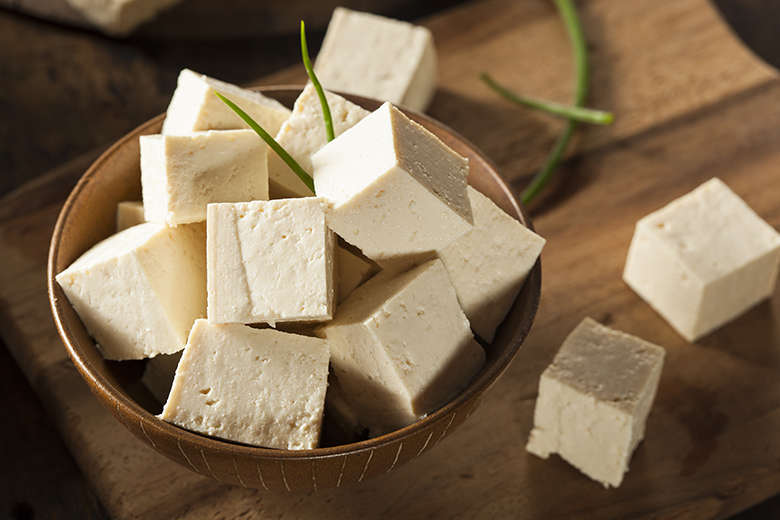Japanese Vegetarian Dishes You Will Enjoy

Japanese’s staple food is fish and so most of the dishes they serve will have an element of fish in them. As you can imagine with such a situation, being a vegetarian in the country is not easy. This is not to say that it is impossible. It is very possible as has been demonstrated by the Buddhist monks who have been living on vegetarian diet for a long time. Traditionally, there are many vegetarian foods that one can get in Japan. You just need to ensure that you know what you want.
There are rarely any vegetarian restaurants in Japan. The only option you have is to go to a restaurant that serves all food types and be very specific with your order you make. If you are a strict vegetarian, inform the waitress or waiter not to include any fish in the food. An example to mention is Dashi which though it is supposed to be a general type of soup, it is almost always made with dried Tuna shavings. Dried bonito flakes will also be used as topping on many meals. Let the staff know you cannot take either of the two common ingredients.
So, what vegetarian Japanese foods can you actually expect to find at restaurants in the country. There are quite a number but we will look at the best in the Japanese cuisine.
Shojin Ryori
Also referred to as the Zen Buddhist temple cuisine, this is a traditional buddhist food that is mainly served in temple restaurants and temples. This is a traditional vegetarian dish that is common among the monks. It is strictly vegetarian, varied, elaborate and delicious. The meal is basically made up of three dishes and a soup. All dishes are meant to be simple with minimum decorations. Traditionally, the meal is aimed at teaching people how to receive. It is eaten sensibly and thankfully with no wastage. Some Japanese ingredients typical to the Shojin include tofu, kuzu and soy.
Tofu
Japan is one of the places that will make you fall in love with tofu. Even if you do not like having tofu back home, be ready to try this Japanese dish and you will be more than happy. There are many variations of tofu that you will find including that made using sesame seeds. The tofu will be either boiled or fried but either way you will enjoy the taste.
Tempura
Among the commonest dishes in the Japanese cuisine, you can find this in almost any restaurant. It is made by lightly frying battered vegetables and shrimp. But the shrimp can be easily excluded to make the dish vegan friendly. If you are concerned that this is a fatty food and may affect your health in a negative way, do not worry. The vegetables are only fried for a minute of two so they become crisp without getting inundated with oil and greasy. You will love the crunchy bite.
Kushimono
This refers to skewered food that is served on sticks. It is made using several vegetables including green pepper, okra, lotus root and mushrooms. A variation of this is kushiage which means fried vegetables served on a stick. You can choose according to your preferred food preparation method. Just be sure to specify that you want a vegetable only combination and you will have a feast.
Tsukemono
This is the Japanese take on pickled vegetables. The dish is often served as an accompaniment to a meal. It may be soaked in sugar, brine or a combination of sugar and vinegar to give it varying flavours. It will be sweet, salty and mildly sweet respectively. The main purpose of this dish is to balance the umami flavours in Japanese meals. The crunchy texture is a good distraction from the otherwise delicately favoured meals.
Zaru Soba
One cannot mention Japanese cuisine and forget noodles. They are what this Asian country is best known for. Zaru Soba is a great option for vegetarians since unlike other noodles; it is not served in broth. Most broths served in Japan will contain fish so you better avoid them all together or be very specific. Zaru Soba are buckwheat noodles that are common in summer so if you happen to be around during the hot season be sure to try them out. They are usually served with nori seaweed, wasabi, spring onion and soy sauce broth. The broth will usually have dashi in it but skipping it will not make the meal any less scrumptious.
